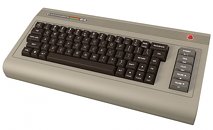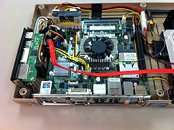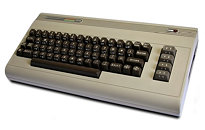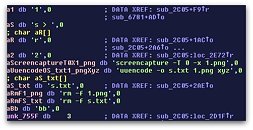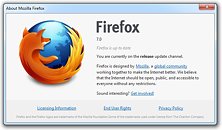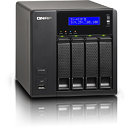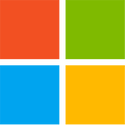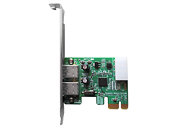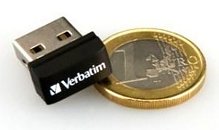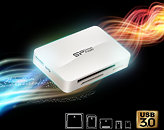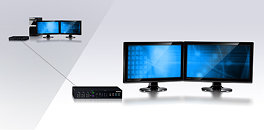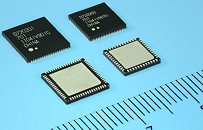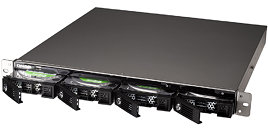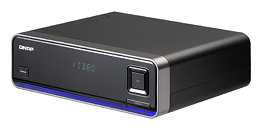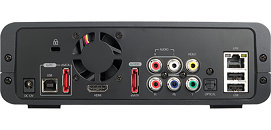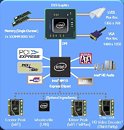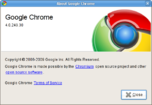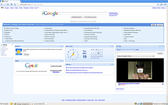Commodore 64 Replica: The Ultimate PC Enthusiast Retro PC Gets An Upgrade
The original 8-bit Commodore 64 computer was very popular in the early 1980s, but the original company eventually closed down in the 1990s, having launched their 16-bit Amiga range in the meantime as the C64s successor. For a while now, replica C64 models, packed with the latest PC technology, have been made by Commodore USA, a different company that has purchased the original Commodore brand.
Since last summer, they have been selling a replica for $999 powered by an Intel CPU. This PC, called the C64x Ultimate (model number: C64x-UL) included a dual core Atom D525, NVIDIA Ion 2 graphics, 4 GB RAM and a 1 TB hard drive. A barebones version is available for $349 without a motherboard, just the keyboard and case, allowing the customer to add their own hardware into the retro box. However, Commodore USA has now upgraded their offering with a considerably more powerful CPU. This version is the C64x Extreme (model number: C64x-EX) which includes a 2.2 GHz Intel Core i7-2720QM CPU, mini-ITX motherboard and PSU, 8 GB DDR3 RAM, DVD writer (slot loading) 2 TB 7200 RPM HDD, Wi-Fi and Bluetooth. The back panel has the following ports: legacy PS/2, USB 2.0 x5 (one eSATA combo) USB 3.0 x2, Ethernet and three audio jacks. Video connectivity is looked after by HDMI, DVI-D and VGA outputs.
Since last summer, they have been selling a replica for $999 powered by an Intel CPU. This PC, called the C64x Ultimate (model number: C64x-UL) included a dual core Atom D525, NVIDIA Ion 2 graphics, 4 GB RAM and a 1 TB hard drive. A barebones version is available for $349 without a motherboard, just the keyboard and case, allowing the customer to add their own hardware into the retro box. However, Commodore USA has now upgraded their offering with a considerably more powerful CPU. This version is the C64x Extreme (model number: C64x-EX) which includes a 2.2 GHz Intel Core i7-2720QM CPU, mini-ITX motherboard and PSU, 8 GB DDR3 RAM, DVD writer (slot loading) 2 TB 7200 RPM HDD, Wi-Fi and Bluetooth. The back panel has the following ports: legacy PS/2, USB 2.0 x5 (one eSATA combo) USB 3.0 x2, Ethernet and three audio jacks. Video connectivity is looked after by HDMI, DVI-D and VGA outputs.
